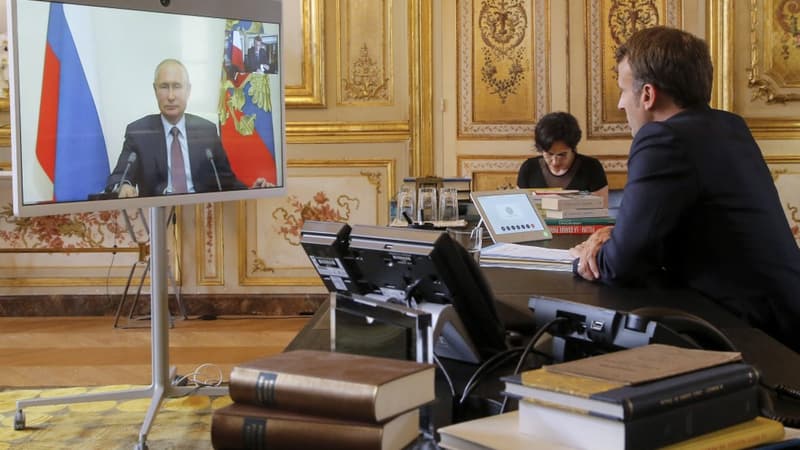In thirty years, the planet has seen four times as many conflicts: about 120 today, compared to about forty in 1995, according to data from the ICRC (International Committee of the Red Cross). A novelty is that crises no longer follow one another, but rather accumulate. What the former Chief of Staff of the Armed Forces, Thierry Burkhard, described as the “ratchet effect”: each new crisis takes us to a step from which we never go down.
4 times more conflicts in the world in 30 years
In the face of these repeated crises, the first barometer from the ESSEC Geopolitical Institute, published in September, shows business leaders paralyzed: 97% say they have already suffered a geopolitical shock. They will move forward as soon as they see it in a world where danger is omnipresent.
For business leaders, as for investors, uncertainty comes from everywhere. The danger is commercial: Donald Trump’s tariff wars are having a direct impact on international trade. US customs duties rose from 2.3% to 26.2% in one year, the highest level in a century.
Each new shock disrupts supply chains. Most recently, on Friday, Beijing tightened its controls on rare earth exports: any product or technology containing more than 0.1% Chinese materials will be subject to authorization, affecting the entire sector, from technology to defense. Donald Trump immediately threatened to retaliate with new tariffs.
The dollar under pressure from Donald Trump
The danger has also become monetary. Donald Trump’s questioning of the Federal Reserve’s independence is the clearest example of this: if the US central bank followed White House policy without safeguards, the entire global financial balance would potentially be called into question.
Unlike Roosevelt, who benefited from the consensus of economists to lead his New Deal in the 1930s, Trump is sailing against the current. It openly shows its desire to weaken the dollar, at all costs, an orientation that worries our exporters, who already face volatile and unpredictable markets.
France, Moscow’s priority objective
The danger is also, of course, military. In July, former Chief of Staff of the Armed Forces, Thierry Burkhard, warned: “Russia has designated France as its first adversary in Europe,” making our country a priority target in the eyes of Vladimir Putin. The Russian threat is strengthening in the East, and the hybrid war led by Moscow combines military operations, sabotage and cyberwarfare. In Germany the threat is almost daily. Infrastructures – railway lines, energy terminals, power grids or data centers – are subject to attacks or intrusion attempts, half of which are attributed to Russian actors, according to various intelligence services.
France now only represents 3% of world GDP
In this increasingly complex and brutalized world, France now represents only 3% of global GDP, compared to around 5% in the 1990s. Above all, the strategic and economic epicenter has shifted from the West to the Indo-Pacific region. This region concentrates 60% of global growth and represents 35% of global GDP.
Half of the world’s container traffic passes through here and where Washington has made its full strategic turn. In the Indo-Pacific, China and Japan are increasing their military budgets. Large-scale naval exercises around Taiwan are multiplying every month, while defense treaties are multiplying in the area.
The political and budgetary contrast with Germany is surprising
To try to resist all these shocks, Germany is trying to cause its own competitiveness shock. In Berlin, the fragile but functional CDU/CSU-SPD grand coalition has just adopted a huge public investment plan: 120 billion euros a year dedicated to infrastructure, industry, energy and defense.
The contrast with France, which is struggling to find direction and a budget, is striking. In Germany, the parliamentary majority is very weak: only 13 votes. Despite everything, the coalition is functioning for the moment, driven by the economic emergency
Source: BFM TV


